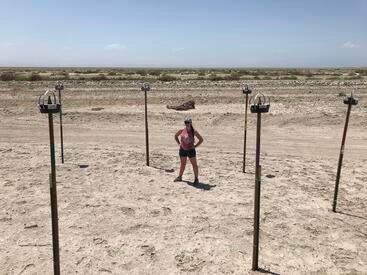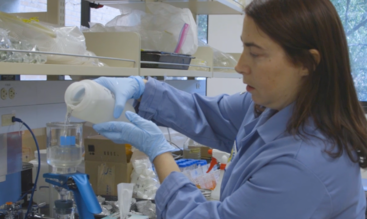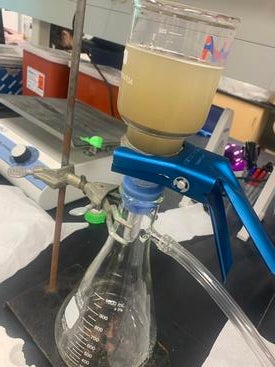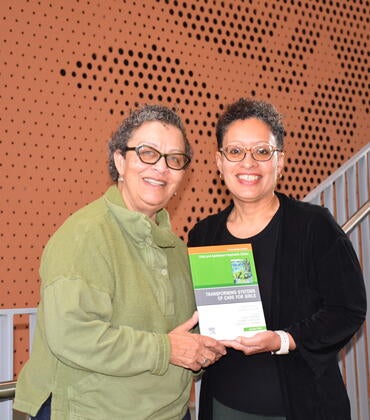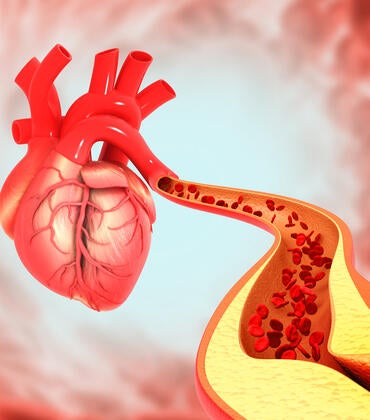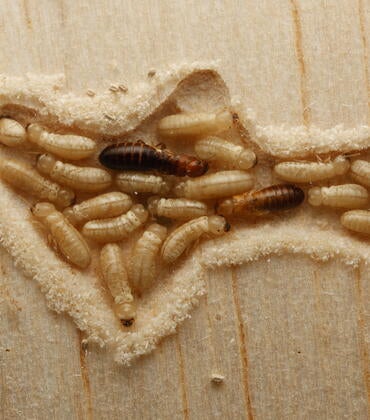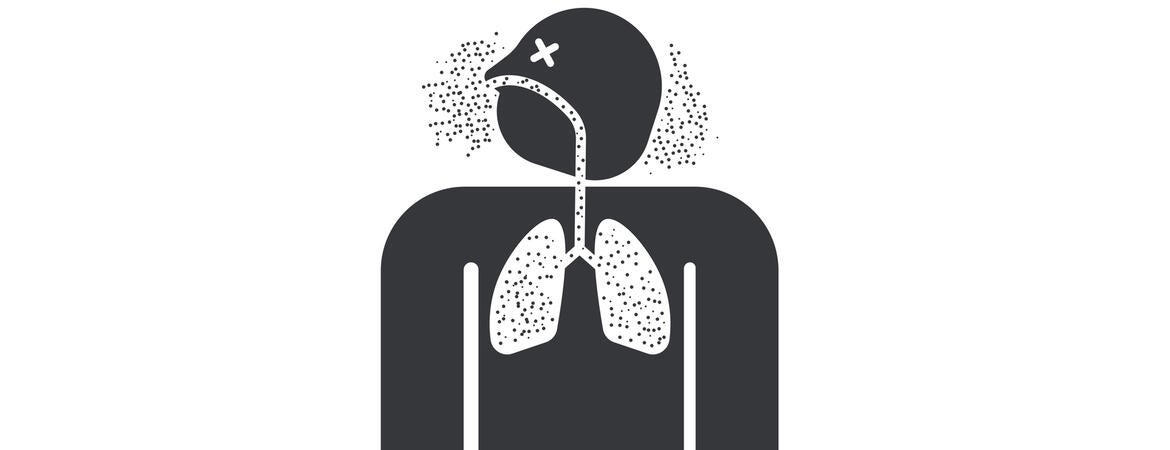
Dust from California’s drying Salton Sea doesn’t just smell bad. Scientists from UC Riverside found that breathing the dust can quickly re-shape the microscopic world inside the lungs.
Genetic or bacterial diseases have previously been shown to have an effect on lung microbes. However, this discovery marks the first time scientists have observed such changes from environmental exposure rather than a disease.
Published in the journal mSphere, the study shows that inhalation of airborne dust collected close to the shallow, landlocked lake alters both the microbial landscape and immune responses in mice that were otherwise healthy.
“Even Salton Sea dust filtered to remove live bacteria or fungi is altering what microbes survive in the lungs,” said Mia Maltz, UCR mycologist and lead study author. “It is causing deep changes to our internal environment.”
Scientists have studied the gut microbiome extensively, linking it to digestion, immunity, and even mental state. In contrast, the lung microbiome remains less well understood, though it’s increasingly seen as important to overall health.
“Our lab studies discovered that the dust generated at the Salton Sea can have significant health effects especially in the lung, and it is likely a major factor in the high incidence of asthma in the nearby communities,” said David Lo, a UCR distinguished professor of biomedical sciences and study author.
The researchers collaborated on the design of an exposure chamber that mimicked real-world air conditions. The team collected dust samples both closer to and farther from the Salton Sea, then exposed mice to the aerosolized particles during a series of one-week trials.
There were some clues about ill effects even before deeper analysis.
“Salton Sea residents have ongoing suspicions that the environment is linked to respiratory illness, and our lab has definitely felt the effects of the heat, dustiness, and pungent air while out there on field work,” said Talyssa Topacio, UCR graduate student and co-first author of the paper.
“The dust also just doesn’t smell good,” said Emma Aronson, UCR environmental microbiologist and study author. “When we were processing it in the lab, it could be stinky.”
Among the bacterial species that proliferated amongst mice exposed to the sea dust were Pseudomonas and Staphylococcus, both linked to respiratory inflammation. The most affected samples were rich in bacteria that produce LPS, a molecular residue on their outer membranes known to trigger immune responses.
“We think microbial products like LPS are part of what’s causing the inflammation,” Maltz said. “It’s like breathing in a chemical fingerprint of dead bacteria.”
Some dust samples were especially potent. In one case, up to 60% of lung immune cells contained markers of neutrophil activation, showing aggressive inflammation. In mice breathing filtered air, levels of neutrophils were only 10 to 15%.
Aronson said the findings challenge longstanding assumptions in pulmonary science. “We’ve seen these kinds of microbial shifts in people with cystic fibrosis or infections,” she said. “But these mice had no pre-existing conditions. This was a clean slate, and it still happened.”
As the Salton Sea lakebed continues to dry, more of its toxic sediment becomes airborne. The research group is examining whether similar microbial shifts occur in local children.
“Breathing in the dust over time may have chronic impacts in the lung, and these studies on the potential for altering the lung microbiome are an important first step in identifying factors that could lead to asthma and other chronic diseases,” Lo said.
The research also raises broader questions. If dust can alter lung microbes, what about smoke, exhaust, or vaping aerosols? The researchers plan to test whether other exposures cause similar disruptions.
This study relied on a method Maltz developed over four years to isolate microbial DNA from host tissue, enabling a more detailed look at the lung microbiome than ever before. The next step is to determine whether protective species are being lost, and how long any noticeable changes to the microbiome persist.
“We’ve only just begun to understand how dust exposure changes the lung microbiome,” Maltz said. “We don’t yet know how long the changes last, or whether they’re reversible. That’s another big question.”
(Cover illustration: Andi Purnomo/iStock/Getty)
